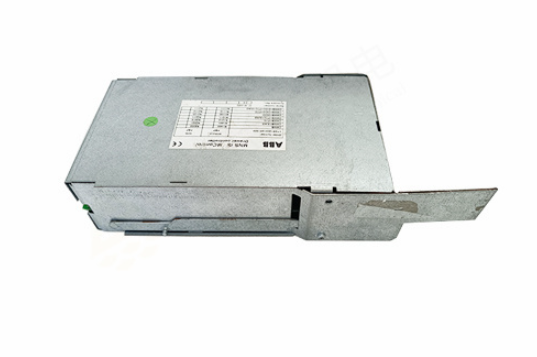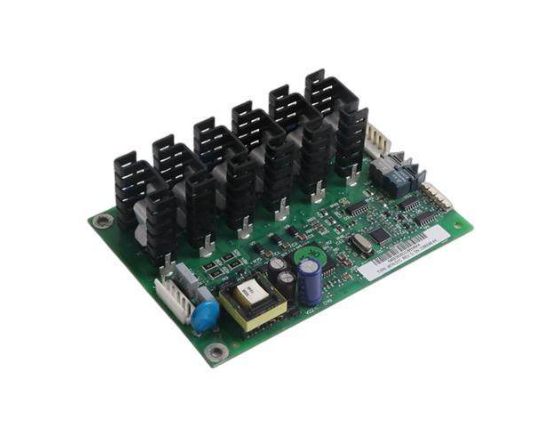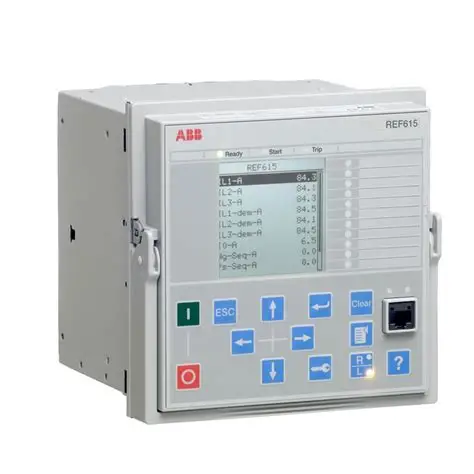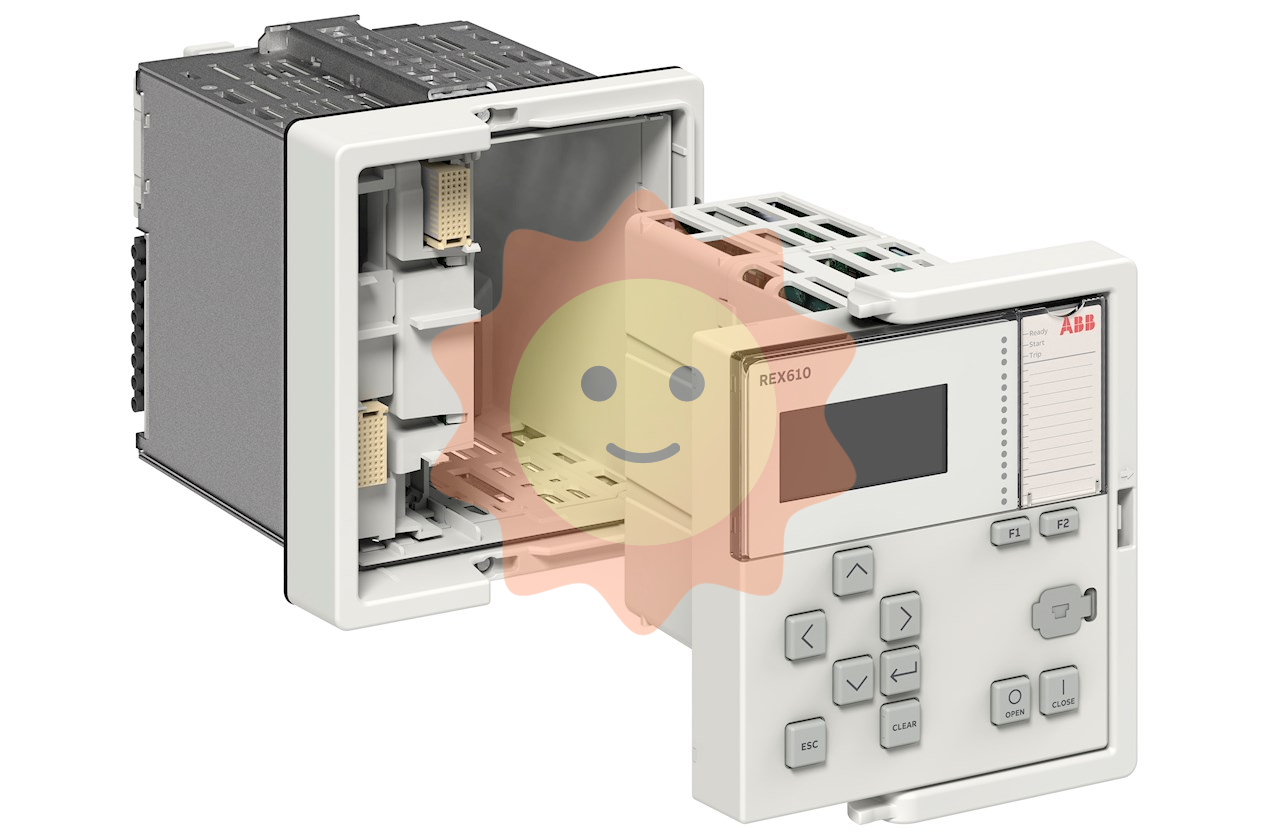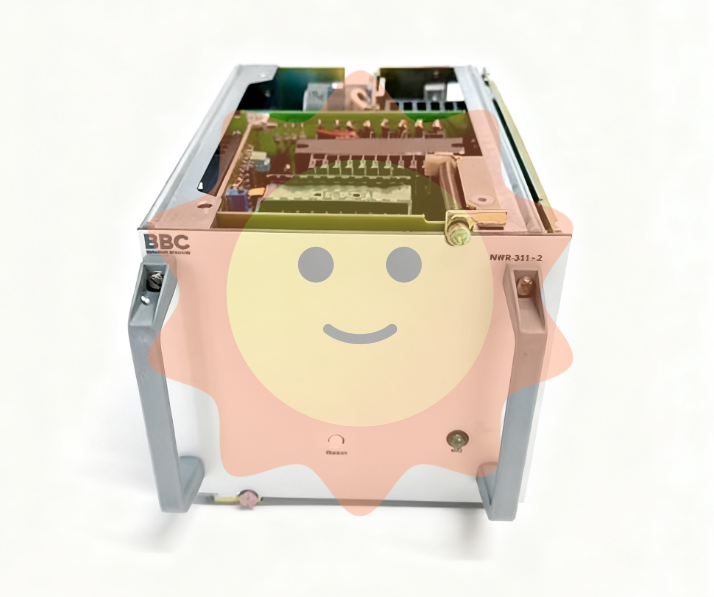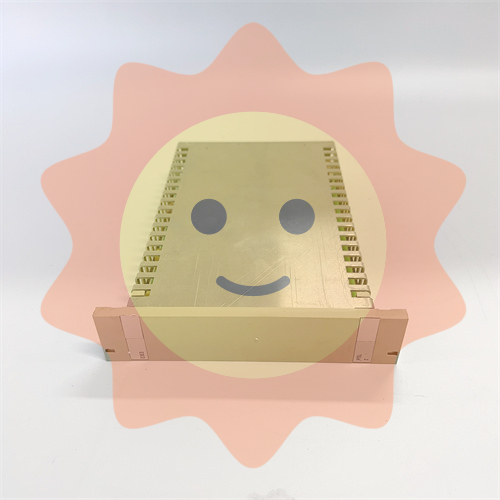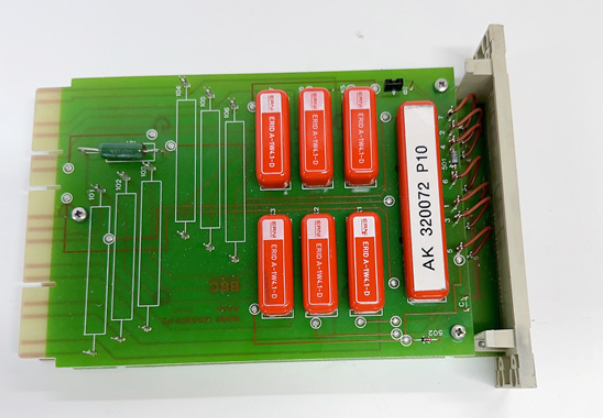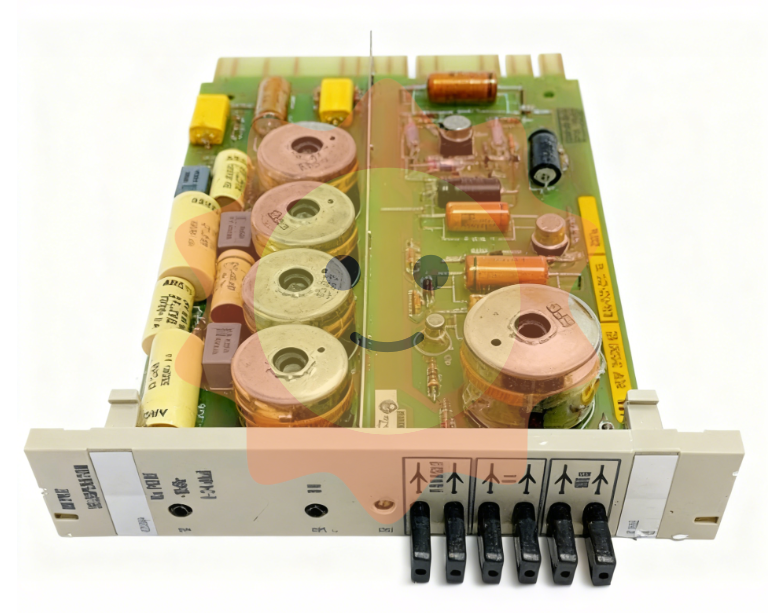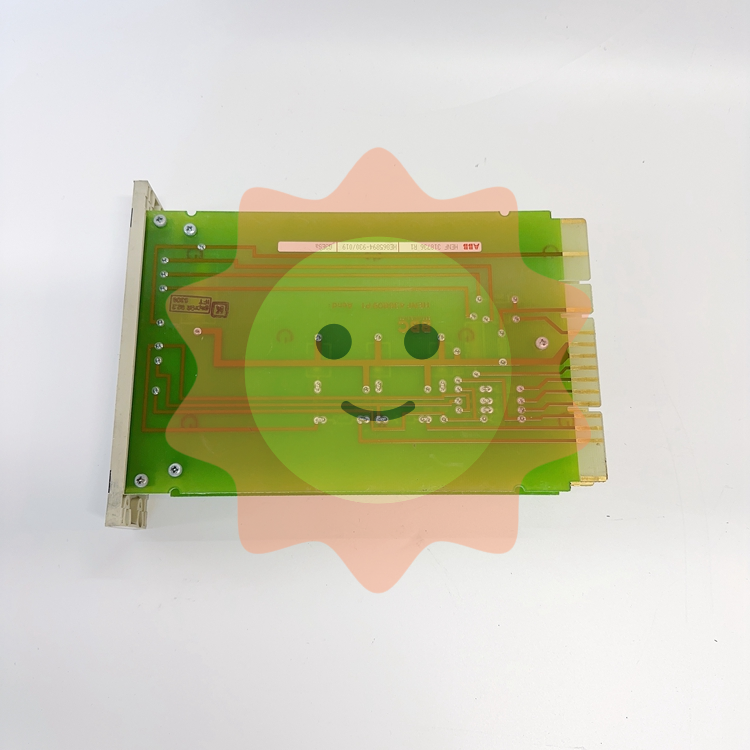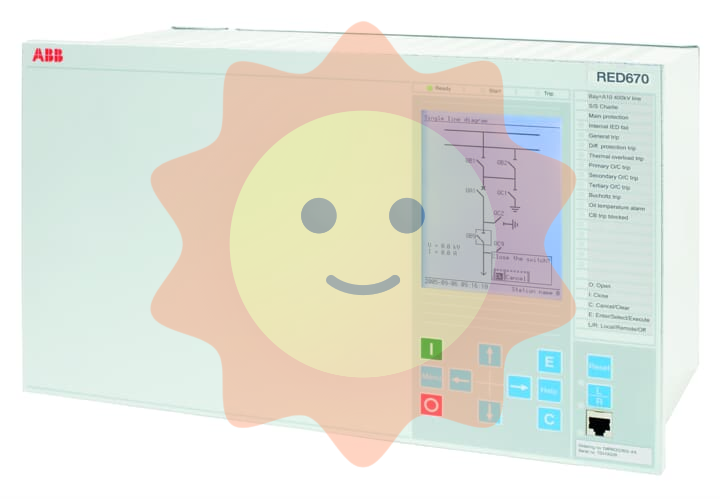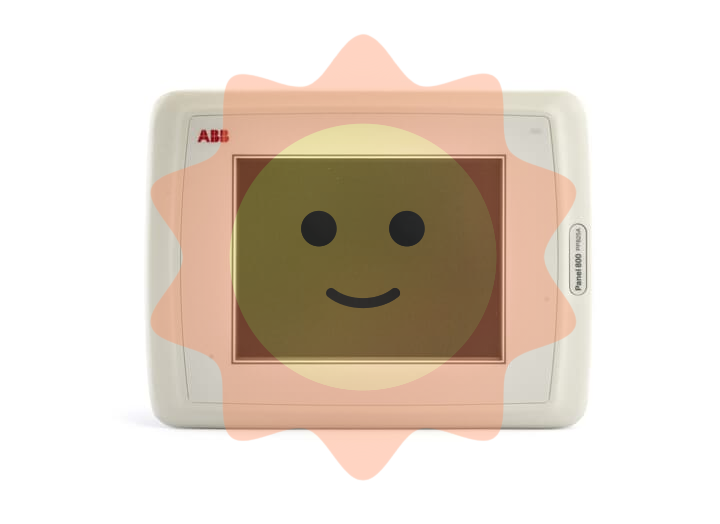What are the properties of photons and electrons? What the hell do they have to do with each other?
On the road to popular science, you will inevitably encounter microscopic particles such as photons and electrons, and the two are perhaps the most common microscopic particles. Photons are everywhere around us, and electrons are the indispensable structural components of atoms, and everything is composed of atoms, and it is inevitable to figure out the nature of photons and electrons.
Photon and electron are the most basic microscopic particles, they are inseparable, so what is the photon and electron, what is the relationship between the two?
We often hear that photons and electrons can be converted into each other. In fact, this statement is not precise and easily misleading.
First, photons and electrons are both very small, with the electron being the second smallest of the microscopic particles, only larger than the neutrino. We can't see electrons, we can't see individual photons of course, we can only see light, to put it simply, photons are carriers of energy, or light is actually energy.

Let's analyze what the characteristics of photons and electrons are, and what the relationship between the two is.
Is photon a particle or a wave? In the course of the development of modern physics has been very controversial, at the beginning of scientists generally believed that light is a wave. But Einstein's discovery of the photoelectric effect showed us that light is also a particle, so light has wave-particle duality.
From the point of view of quantum mechanics, because the energy is discontinuous, the photon is actually a part of the energy, and the photon is short for "light quantum". Although the photon has the characteristics of a particle, strictly speaking, it is not a specific particle like an electron, but more like a "gluon" that propagates the basic force, and is a propagator of the electromagnetic force.
At present, the general conclusion of scientists is that the photon is massless (rest mass), or the rest mass of the photon is zero, and the photon is born at the speed of light, without any acceleration process. Although photons have no static mass, they have "dynamic mass" because Einstein's theory of relativity suggests that energy and mass are the same thing.
It needs to be explained here that the speed of light we often talk about does not actually refer to the speed of photons, of course, the speed of light in relativity is not the speed of photons, the speed of light c is a constant, is the inherent nature of space-time, only related to the permeability and dielectric constant of vacuum. Specifically, the speed of light is the speed of gravitational waves (the speed of space-time ripples), an inherent property of four-dimensional space-time.
The electron is very different from the photon. The electron is a concrete particle that exists objectively, a particle of basic matter.
As we all know, an atom consists of a nucleus and electrons, and the electrons move around the nucleus at high speed (in the form of random clouds of electrons). Electrons are indivisible elementary particles, at least for now.

Many people think of the atomic structure as a macroscopic structure like the solar system, with electrons orbiting the nucleus and eight planets orbiting the sun, which look very similar. But that's not the case. There's a fundamental difference.
Let's take the simplest atom, the hydrogen atom. A hydrogen atom consists of a proton and an electron, and the electron orbits the proton under electrostatic gravity. However, it should be noted that the trajectory of the electron is not elliptical or circular like the Earth's orbit around the sun, and the trajectory of the electron is random, randomly appearing around the proton, which is the so-called "electron cloud".
For more complex atoms, the region in which an electron appears depends on the energy level in which the electron resides. According to the Pauli exclusion principle, a single electron orbital can only hold a maximum of two electrons, and the two electrons must spin in opposite directions.
Why don't electrons go around the sun like the eight planets in our solar system and they go around the nucleus in a regular way, but they come around the nucleus in a very random way?
That's a good question.
The reason is not complicated. Electrons are constantly absorbing and releasing energy, never stopping. The electron mass is very small, about 9.109×10⁻³¹ kg. Although the mass is very small, when the electron travels at high speed outside the nucleus, the electric field deflects and releases energy, which is radiated in the form of photons. When you radiate energy, the electron has less energy, and the orbital is lowered closer to the ground state.

Conversely, if the electron absorbs energy (photons), the electron's orbit will transition to a higher energy level, from the ground state to the excited state. If the more energy is absorbed, the further out the orbital will be, and at some point the electron will be completely unbound from the nucleus and become a free electron.
So that's the connection and the difference between electrons and photons.
- EMERSON
- Honeywell
- CTI
- Rolls-Royce
- General Electric
- Woodward
- Yaskawa
- xYCOM
- Motorola
- Siemens
- Rockwell
- ABB
- B&R
- HIMA
- Construction site
- electricity
- Automobile market
- PLC
- DCS
- Motor drivers
- VSD
- Implications
- cement
- CO2
- CEM
- methane
- Artificial intelligence
- Titanic
- Solar energy
- Hydrogen fuel cell
- Hydrogen and fuel cells
- Hydrogen and oxygen fuel cells
- tyre
- Chemical fiber
- dynamo
- corpuscle
- Pulp and paper
- printing
- fossil
- FANUC
- Food and beverage
- Life science
- Sewage treatment
- Personal care
- electricity
- boats
- infrastructure
- Automobile industry
- metallurgy
- Nuclear power generation
- Geothermal power generation
- Water and wastewater
- Infrastructure construction
- Mine hazard
- steel
- papermaking
- Natural gas industry
- Infrastructure construction
- Power and energy
- Rubber and plastic
- Renewable energy
- pharmacy
- mining
- Plastic industry
- Schneider
- Kongsberg
- NI
- Wind energy
- International petroleum
- International new energy network
- gas
- WATLOW
- ProSoft
- SEW
- wind
- ADVANCED
- Reliance
- YOKOGAWA
- TRICONEX
- FOXBORO
- METSO
- MAN
- Advantest
- ADVANCED
- ALSTOM
- Control Wave
- AB
- AMAT
- STUDER
- KONGSBERG
- MOTOROLA
- DANAHER MOTION
- Bently
- Galil
- EATON
- MOLEX
- Triconex
- DEIF
- B&W
- ZYGO
- Aerotech
- DANFOSS
- KOLLMORGEN
- Beijer
- Endress+Hauser
- MOOG
- KB
- Moxa
- Rexroth


Email:wang@kongjiangauto.com

